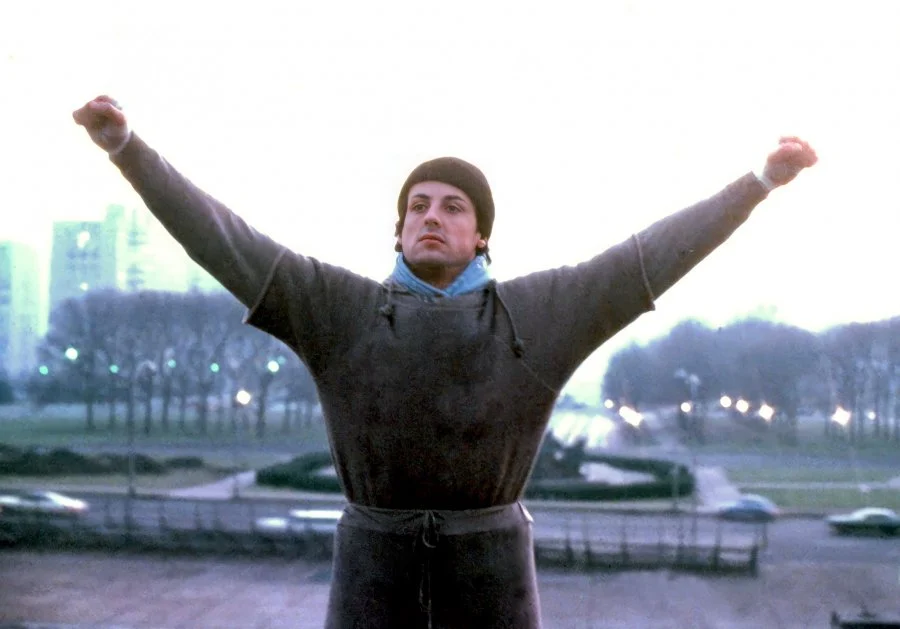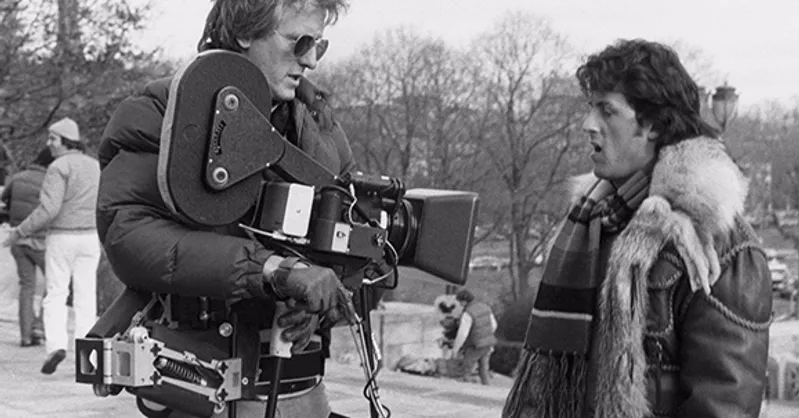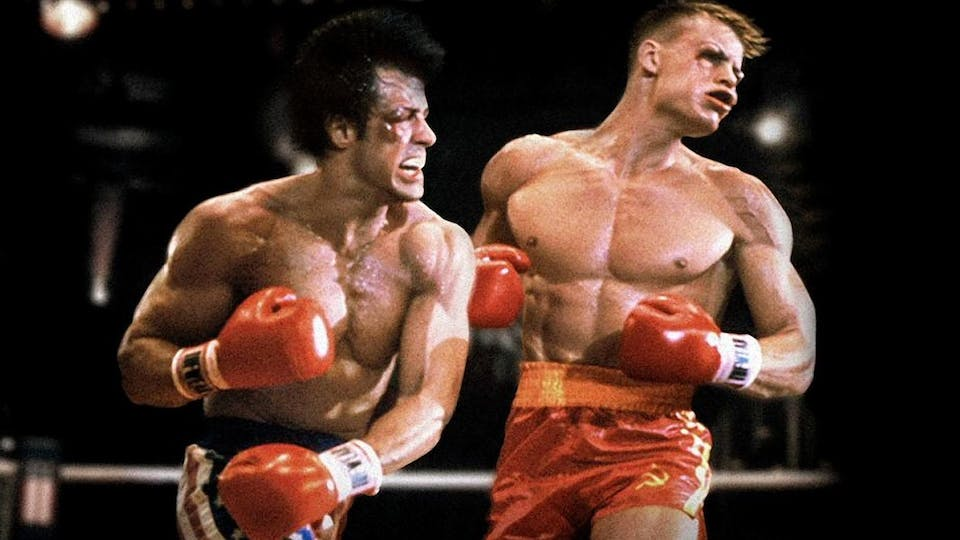Rocky, the 1976 classic, not only propelled Sylvester Stallone to stardom but also left an indelible mark on filmmaking. One of the movie’s most iconic scenes, where Rocky Balboa runs up the steps of the Philadelphia Museum of Art, not only symbolizes the triumph of an underdog but also popularizes a revolutionary filmmaking tool—the Steadicam.
The Iconic Rocky Scene
The scene in question showcases Rocky’s grueling training regimen as he prepares for an upcoming fight. It is a montage that beautifully captures the essence of Balboa’s character development throughout the film.

His run through the streets of Philadelphia culminates in his triumphant ascent up the steps of the Philadelphia Museum of Art. This sequence became a powerful metaphor for overcoming challenges and has remained etched in popular culture.
The Birth of the Steadicam
The Steadicam, a camera stabilizing mount, made its debut in the world of cinema in 1975, thanks to inventor Garrett Brown. Its primary purpose was to eliminate shaky camera movements and deliver steady, clear shots for motion pictures.

However, at the time of Rocky’s production, the Steadicam was still in its early stages and had been used professionally only once before, in the 1976 film Bound For Glory.
Rocky Popularizes the Steadicam
Rocky’s training montage, particularly the Museum steps scene, played a pivotal role in popularizing the Steadicam. This technology allowed for smooth and fluid shots, capturing Sylvester Stallone’s stunts and agility with grace and precision.
The sequence effectively showcased the Steadicam’s revolutionary capabilities, making it an invaluable tool in the movie industry.
The Steadicam’s Influence on Rocky
Interestingly, the Steadicam not only benefited from the film but also played a crucial role in shaping one of the film’s most memorable moments. During the testing phase of his invention, Garrett Brown filmed his then-girlfriend running up and down the steps of the Philadelphia Museum of Art.
Director John G. Avildsen was impressed by the Steadicam’s capabilities, leading him to incorporate Brown’s girlfriend’s run up the museum steps into the movie. Little did they know that this seemingly coincidental decision would carry such profound metaphorical weight in the film.

While Sylvester Stallone’s portrayal of Rocky Balboa undoubtedly contributed significantly to the success of the franchise, the Steadicam played an equally important role. Rocky’s iconic training montage and the Museum steps scene showcased the Steadicam’s transformative impact on filmmaking.
This technology has since become an integral part of the movie industry, enabling filmmakers to capture breathtaking sequences with stability and precision. The story of how the Steadicam found its place in cinema history is a testament to the unforeseen connections between art and technology.